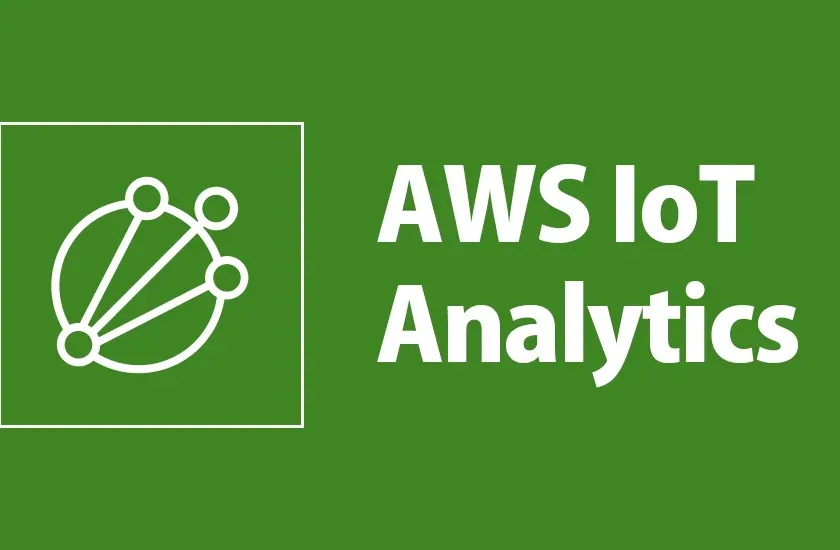AWS IoT Analytics

Pricing Details
Pay-as-you-go pricing (data, processing, storage, queries). Not available to new customers.Features
IoT Data Collection, Processing (filtering, transforming, enriching), Storage (time-series optimized), SQL Querying, Jupyter Notebooks integration, Machine Learning integration (SageMaker), Predictive Maintenance templates, Anomaly Detection capabilities, Data visualization (QuickSight integration)Integrations
Integrates with AWS IoT Core, S3, Lambda, SageMaker, QuickSight, and other AWS services.Preview
AWS IoT Analytics is a fully managed cloud service from Amazon Web Services, specifically designed to simplify and scale the analysis of vast volumes of data coming from Internet of Things (IoT) devices. The service automates all the complex steps of the IoT analytics workflow, including collecting, cleaning, transforming, storing, and analyzing data. One of the key features of AWS IoT Analytics is its tight integration with machine learning capabilities. The service makes it easy to prepare raw IoT data for use in machine learning models and integrates with services like Amazon SageMaker to perform advanced analytics, build predictive models (e.g., for equipment failure prediction), and detect anomalies. AWS IoT Analytics provides a built-in SQL query engine for quick data exploration and supports the use of Jupyter Notebooks for more complex analysis and data experimentation. Data is stored in a time-series optimized data store. The service also allows enriching IoT data with contextual information from external sources. Despite its powerful capabilities, it is important to note that AWS IoT Analytics is no longer available to new customers, focusing on supporting existing users. The service is priced on a pay-as-you-go basis according to the volume of data ingested, processing operations performed, storage consumed, and queries executed.